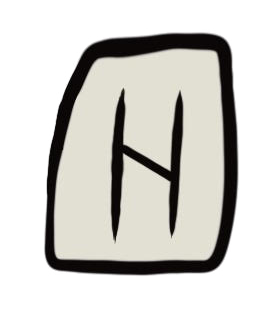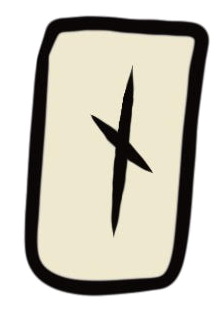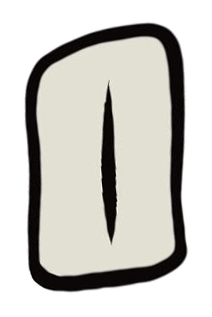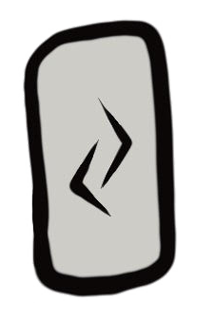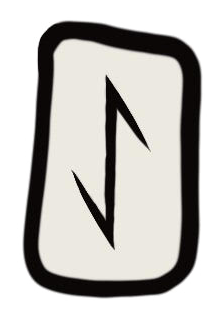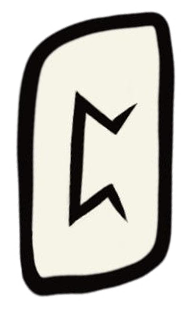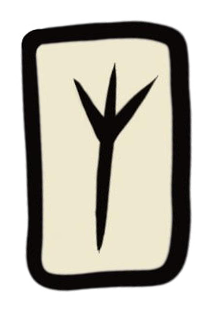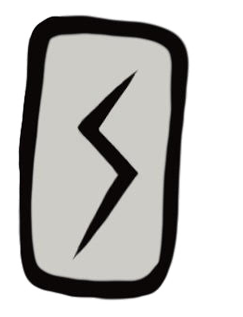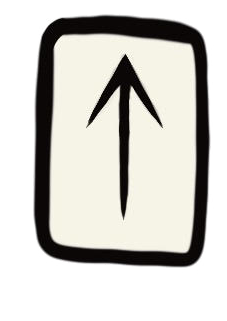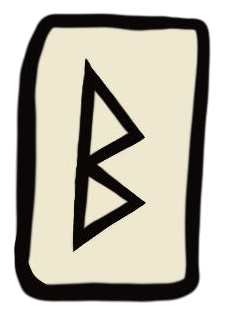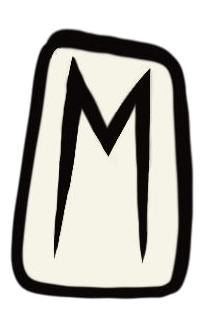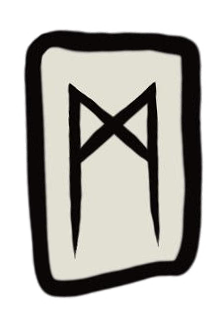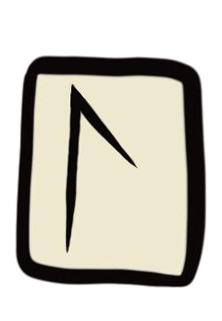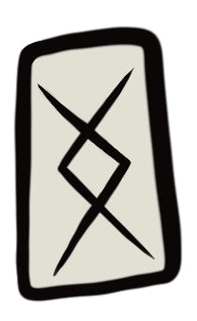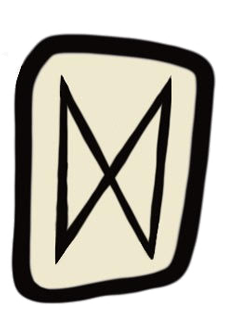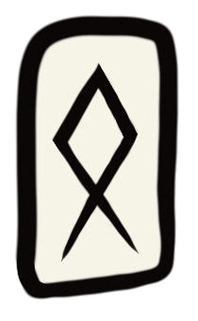Freyr's Aett
This Aett is associated with the god Freyr and represents themes of creation, prosperity, and the physical world.

Fehu represents wealth, abundance, and material success. It is associated with cattle, which were a measure of wealth in ancient times. Fehu also symbolizes the flow of energy, financial gain, and the importance of sharing resources. It reminds us to use our wealth wisely and to be generous with others.
Keywords: Wealth, Prosperity, Success, Abundance, Energy, Flow, Generosity
Fehu

Uruz symbolizes strength, vitality, and primal energy. It is often associated with the wild ox and the raw forces of nature. Uruz represents physical health, endurance, and the power to overcome challenges. It encourages us to tap into our inner strength and embrace change as a natural part of life.
Keywords: Strength, Vitality, Energy, Health, Endurance, Transformation, Power
Uruz
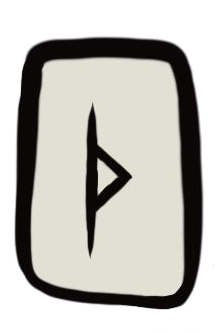
Thurisaz represents the thorn, a symbol of protection and defense. It can also signify chaos and destruction. Thurisaz is a rune of conflict and resolution, urging us to confront challenges head-on. It reminds us that sometimes destruction is necessary for new growth and that protection often requires vigilance.
Keywords: Protection, Defense, Chaos, Conflict, Resolution, Vigilance, Growth
Thurisaz
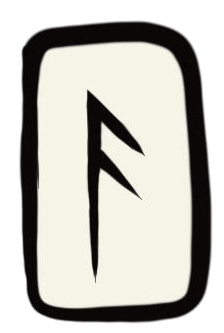
Ansuz is associated with communication, wisdom, and the divine. It is often linked to the god Odin. Ansuz represents the power of words, the importance of listening, and the pursuit of knowledge. It encourages us to seek wisdom and to use our words carefully and with intention.
Keywords: Communication, Wisdom, Divine, Knowledge, Inspiration, Clarity, Intention
Ansuz

Raido symbolizes journey, travel, and movement. It can represent both physical and spiritual journeys. Raido encourages us to embrace the path we are on, to seek balance, and to trust the process of life. It reminds us that every journey has a purpose and that movement is essential for growth.
Keywords: Journey, Travel, Movement, Balance, Purpose, Growth, Trust
Raido
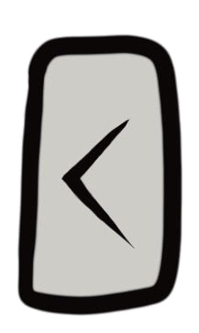
Kenaz represents fire, transformation, and creativity. It is often associated with the torch and the forge. Kenaz symbolizes the light of knowledge, the spark of inspiration, and the power of transformation. It encourages us to embrace our creative potential and to use our skills to shape our reality.
Keywords: Fire, Transformation, Creativity, Knowledge, Inspiration, Potential, Craftsmanship
Kenaz

Gebo symbolizes gifts, partnerships, and exchanges. It represents the balance of giving and receiving. Gebo reminds us of the importance of reciprocity and the value of relationships. It encourages us to give freely and to accept gifts with gratitude, fostering harmony and connection.
Keywords: Gifts, Partnerships, Balance, Reciprocity, Relationships, Harmony, Connection
Gebo

Wunjo represents joy, harmony, and fulfillment. It is often associated with the idea of achieving one's desires. Wunjo encourages us to seek happiness, to celebrate our successes, and to find peace in our lives. It reminds us that true joy comes from within and is often found in simple pleasures.
Keywords: Joy, Harmony, Fulfillment, Happiness, Success, Peace, Contentment
Wunjo
